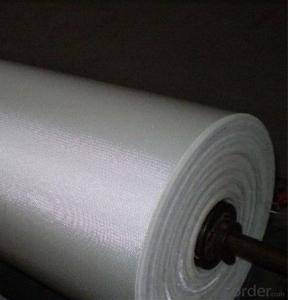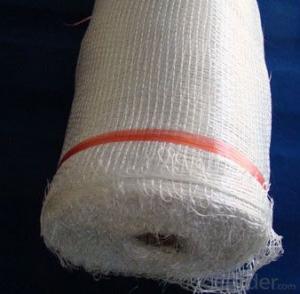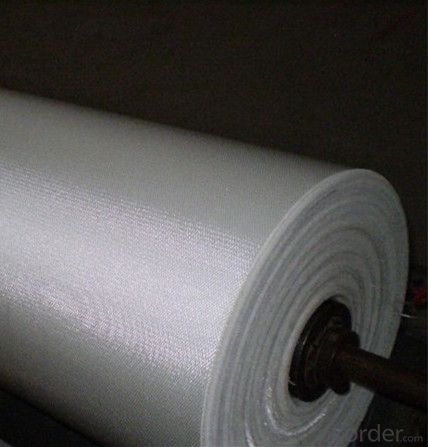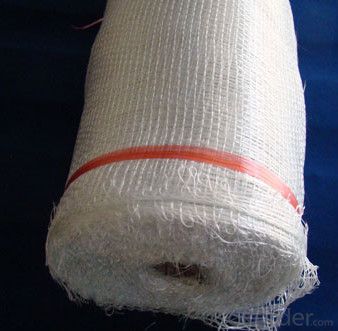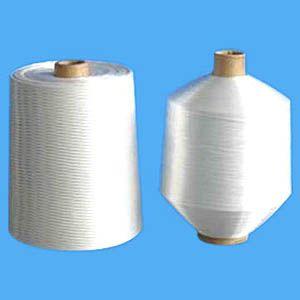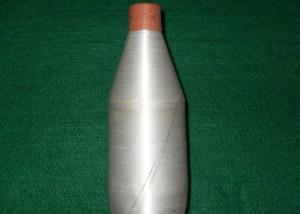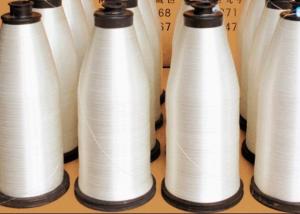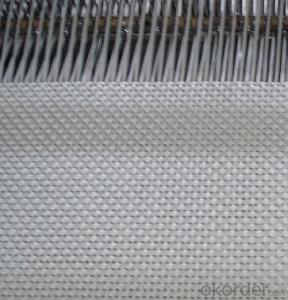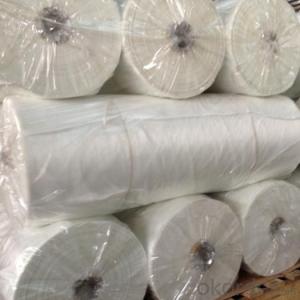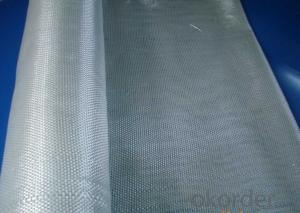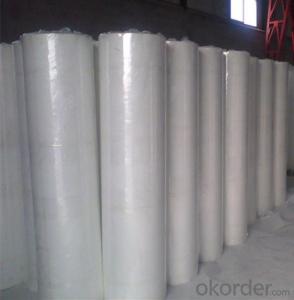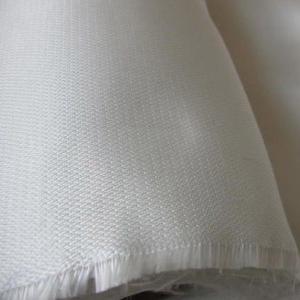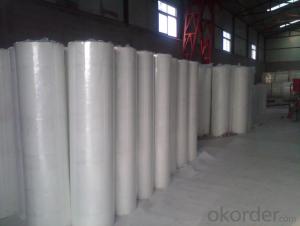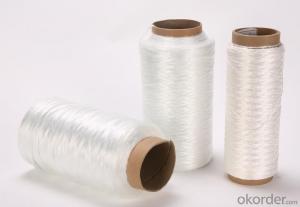Fiberglass Yarn Reinforced Fiberglass Fabric with CE Certification Wholesale
- Loading Port:
- Shanghai
- Payment Terms:
- TT OR LC
- Min Order Qty:
- 500 m²
- Supply Capability:
- 50000 m²/month
OKorder Service Pledge
OKorder Financial Service
You Might Also Like
Fiberglass Fabric with CE Certification Wholesale
Fiberglass Fabric Introduction:
Fiberglass fabric is weaved by high quality fiberglass,as a kind of engineering material,which is
many excellent characteristics:
flame-resisting,corrosion resistant,high strength,heat resistance.stable structure,good chemical resistance,durability.
Fiberglass Fabric Features:
Warp and weft yarns are parallel arrangement as flat situation, with uniform tension;
Fiber is aligned with large consistency, stable and easy operation;
Good moldability, fast and complete wet out in resins, resulting in high productivity;
Good transparency and high strength of composite products.
Fiberglass Fabric Specification:
mark | Fiber consistency(ends/ cm) |
Area weight (g/ m2) |
Thick-ness (mm) |
Width (cm) |
Length (mm) | Breaking strength(N)≥ |
weave | |||
Warp direction | Weft direction | Warp direction | Weft direction | |||||||
EW200 | 16 | 12 | 200±20 | 0.2 | 90-130 | 300-1200 | 980 | 980 | ||
EW210 | 16 | 12 | 200±20 | 0.21 | 90-130 | 300-1200 | 1080 | 1080 | Twill weave | |
Plain weave | ||||||||||
EWR360 | 3.2 | 1.8 | 354±18 | 0.35 | 50-300 | 100 | 2000 | 2000 | ||
EW280 | 16 | 10 | 280±28 | 0.26 | 90-130 | 300-1200 | 1800 | 1800 | ||
EW300 | 14 | 10 | 320±32 | 0.3 | 90-130 | 300-1200 | 1500 | 1500 | ||
EW430 | 20 | 12 | 420±42 | 0.43 | 90-130 | 300-1200 | 2000 | 2000 | Broken twill | |
EWR136 | 10 | 10 | 136±13 | 0.136 | 100 | 200 | 850 | 850 |
Plain weave | |
EWR200 | 8 | 7 | 200±20 | 0.21 | 100 | 200 | 1200 | 1200 | ||
EWR400 | 3.6 | 3.2 | 400±30 | 0.4 | 100 | 50-100 | 2500 | 2500 | ||
EWR600 | 2.6 | 2.5 | 600±50 | 0.6 | 100 | 40KG | 4000 | 4000 | ||
EWR580 | 2.5 | 2.3 | 576±29 | 0.58 | 100 | 40KG | 3850 | 3850 | ||
EWR800 | 1.8 | 1.8 | 800±60 | 0.8 | 100 | 40KG | 4600 | 4600 | ||
Product Show
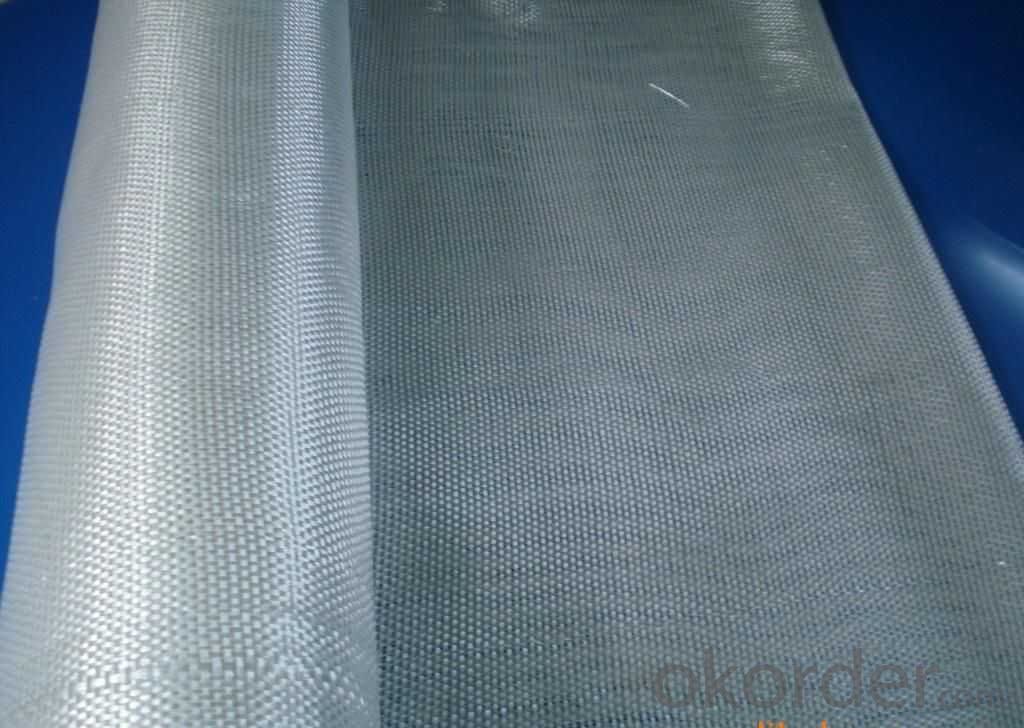
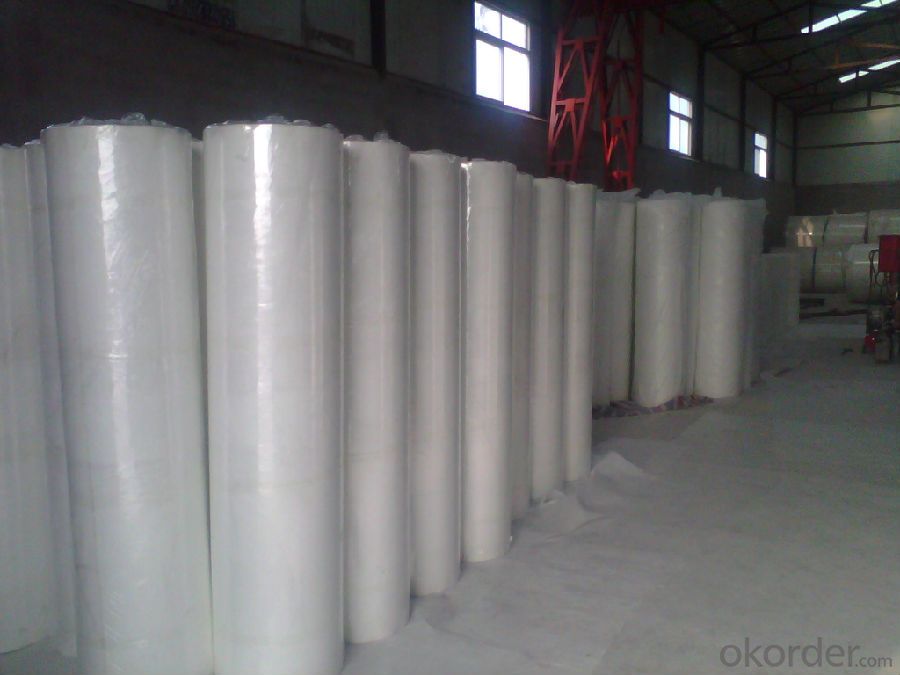
Fiberglass Fabric Usage:
E-glass woven roving is a schistose double faces reinforcement fabric that is weaved into from roving in directly.
E-glass fiber fabric (thin fabrics with thickness from 0.025 to 0.09mm) is suitable for electrical isolation mica product, wax cloth as the reinforcement materials.
E-glass woven roving applys to all kinds of polyester reinforcement system, (such as unsaturated polyester resin, vinylite,epoxy resin and phenolic resin.
E-glass woven roving is a high performance reinforcement material. It is widely used in hand lay-up and machinery processing products, (such as vessel, container, airplane and vehicle component, furniture, athletic facilities and other industry.
FAQ
1.Package of Fiberglass Fabric?
Fiberglass fabric is wound on a paper tube with inner diameters of 50. 8, 76 or 152mm. Each roll is wrapped in a plastic bag, then to be packed in a carton box. The rolls are to be horizontally placed.
Width (cm): 90, 100, 127
Length (m): 100, 200, 300, 400
2.Storage of Fiberglass Fabric?
Store rolls in a cool, dry location
Protect rolls from weather and other damage.
3.If sample available if needed?
We aim to offer our customer best Products&Service,samples are allowed if necessary.
- Q: Is fiberglass yarn suitable for use in heat insulation?
- Yes, fiberglass yarn is suitable for use in heat insulation. Fiberglass is a versatile and widely used material in insulation applications due to its excellent thermal properties. It has low thermal conductivity, meaning it is a poor conductor of heat. This property allows fiberglass yarn to effectively resist heat transfer, making it suitable for use in heat insulation. Additionally, fiberglass is also fire-resistant, which further enhances its suitability for heat insulation purposes. The yarn form of fiberglass allows for easy handling and installation, making it a practical choice for various insulation applications, including in buildings, industrial equipment, and automotive components.
- Q: What are the factors that affect the durability of fiberglass yarn?
- There are several factors that can affect the durability of fiberglass yarn: 1. Fiber quality: The quality of fiberglass used in the yarn can greatly impact its durability. Fiberglass with higher tensile strength and resistance to breakage will result in a more durable yarn. 2. Yarn construction: The construction of the yarn, including the number of filaments and the twist level, can also influence its durability. A yarn with a higher filament count and a tighter twist is generally more durable. 3. Chemical resistance: Fiberglass yarn can be exposed to various chemicals in different applications. The resistance of the yarn to these chemicals will determine its durability. Yarns that are chemically resistant are more likely to maintain their strength and integrity over time. 4. Environmental conditions: The environmental conditions in which the fiberglass yarn is used can impact its durability. Factors such as temperature, humidity, UV exposure, and moisture can all affect the performance and lifespan of the yarn. 5. Mechanical stress: The amount and type of mechanical stress the yarn is subjected to can also affect its durability. Factors such as tension, abrasion, bending, and flexing can all contribute to wear and tear on the yarn. 6. Manufacturing process: The way the fiberglass yarn is manufactured can also impact its durability. Factors such as the consistency of the manufacturing process, quality control measures, and the use of proper equipment can all affect the final durability of the yarn. Overall, a combination of these factors can determine the durability of fiberglass yarn. By considering these factors and selecting a high-quality yarn that meets the specific requirements of the intended application, one can ensure optimal durability and performance.
- Q: Can fiberglass yarn be used for making bedding?
- Yes, fiberglass yarn can be used for making bedding. However, it is not a common choice as fiberglass yarn is more commonly used in industrial applications such as insulation or reinforcement materials. Other materials like cotton, linen, or synthetic fabrics are typically preferred for making bedding due to their softer and more comfortable qualities.
- Q: Is fiberglass yarn resistant to oils and greases?
- Yes, fiberglass yarn is generally resistant to oils and greases due to its non-reactive nature and low absorption properties.
- Q: Can fiberglass yarn be used for making upholstery fabrics?
- Yes, fiberglass yarn can be used for making upholstery fabrics. Fiberglass yarn is a strong and durable material that can withstand high temperatures, making it suitable for upholstery applications. It is commonly used in industries such as automotive, marine, and aerospace due to its excellent resistance to wear, tear, and chemicals. Additionally, fiberglass yarn can be woven into various fabric patterns and combined with other materials to enhance its properties, such as adding fire retardant coatings for increased safety. Overall, fiberglass yarn offers a versatile and reliable option for making upholstery fabrics.
- Q: Can fiberglass yarn be used in marine applications?
- Yes, fiberglass yarn can be used in marine applications. Fiberglass yarn is known for its excellent strength and durability, making it a suitable material for various marine applications. It is often used for manufacturing boat hulls, decks, and other structural components. Fiberglass yarn is resistant to corrosion from saltwater and has a high tensile strength, making it ideal for withstanding the harsh conditions of the marine environment. Additionally, fiberglass yarn is lightweight, which is beneficial for marine applications as it helps to reduce the overall weight of the structure and improve fuel efficiency. Overall, fiberglass yarn is a reliable and versatile material for marine applications.
- Q: How does fiberglass yarn perform in terms of sound insulation?
- Fiberglass yarn performs exceptionally well in terms of sound insulation. Due to its composition and structure, fiberglass yarn has excellent sound absorption properties, making it an ideal material for soundproofing applications. The yarn's ability to trap and dampen sound waves helps to minimize echo, reverberation, and noise transmission within a given space. Additionally, fiberglass yarn is known for its high density, which further enhances its sound insulation capabilities. Its effectiveness in reducing unwanted noise makes fiberglass yarn a popular choice in various industries, such as construction, automotive, and aerospace, where sound control is of paramount importance.
- Q: Can fiberglass yarn be used in acoustic insulation?
- Yes, fiberglass yarn can be used in acoustic insulation. Fiberglass is a popular material choice for acoustic insulation due to its excellent sound absorption properties. Fiberglass yarn can be woven into various forms, such as mats or boards, and used as a layer in acoustic panels or insulation materials. The fibrous structure of the yarn helps to trap and absorb sound waves, reducing noise transmission and enhancing soundproofing capabilities. Additionally, fiberglass is fire-resistant and durable, making it a suitable choice for acoustic insulation applications in buildings, industrial settings, or automotive industries.
- Q: Can fiberglass yarn be used in composites?
- Yes, fiberglass yarn can be used in composites. It is commonly used as a reinforcement material in composite manufacturing processes, providing strength and durability to the final product.
- Q: Can fiberglass yarn be used for making upholstery cushions?
- Yes, fiberglass yarn can be used for making upholstery cushions.
Send your message to us
Fiberglass Yarn Reinforced Fiberglass Fabric with CE Certification Wholesale
- Loading Port:
- Shanghai
- Payment Terms:
- TT OR LC
- Min Order Qty:
- 500 m²
- Supply Capability:
- 50000 m²/month
OKorder Service Pledge
OKorder Financial Service
Similar products
Hot products
Hot Searches
Related keywords
